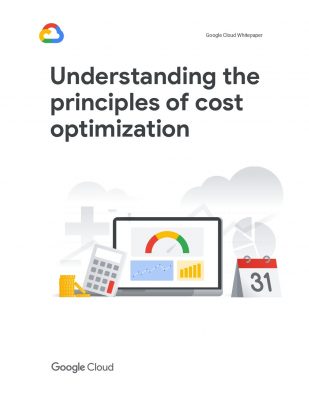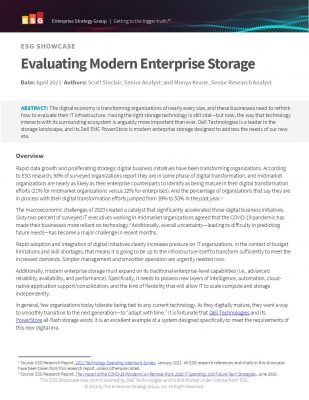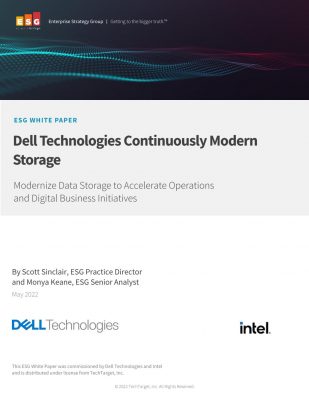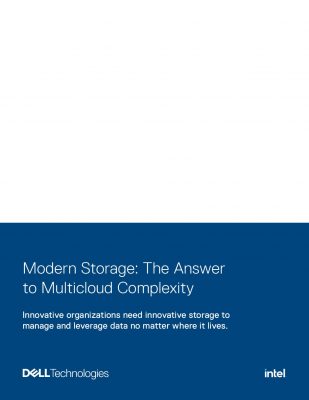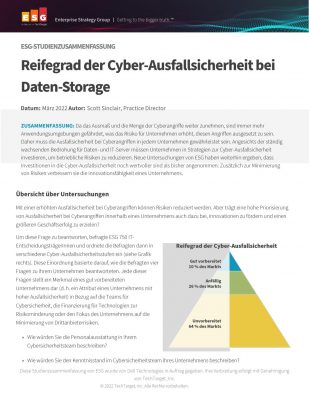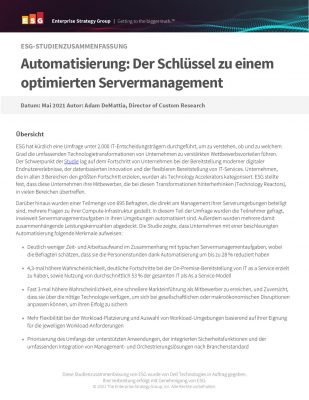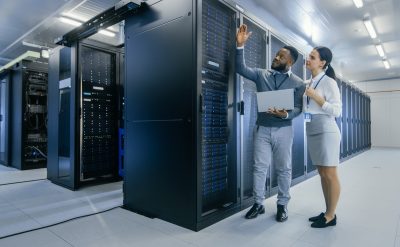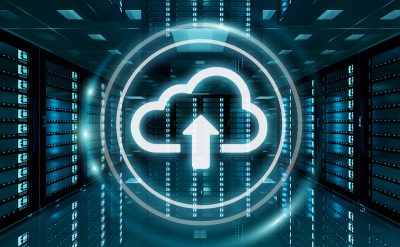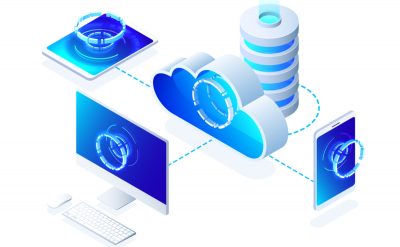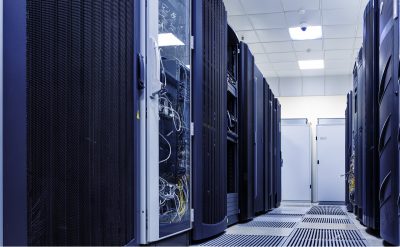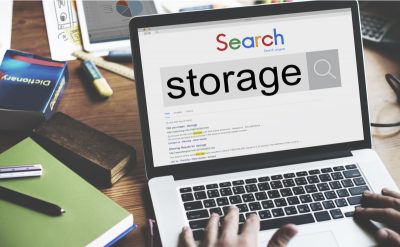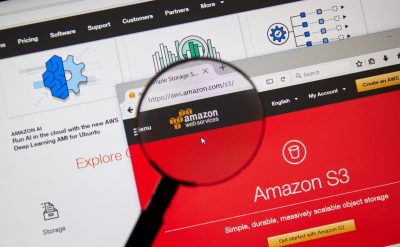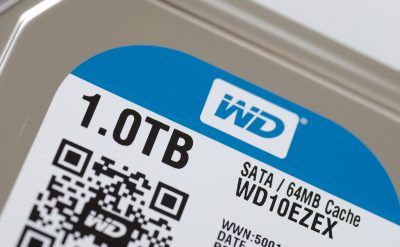The data center is existent and will exist in the future, it won’t disappear anywhere. The data center isn’t going anywhere it’s just being reimagined. The recent report comes in with highlighting more challenges, Spiceworks has released its 2019 state of servers report that will examine the on-premise server infrastructure along with cloud it includes various purchase plans, brand prevalence, and perceptions. The study was conducted for more than 530 IT buyers from various enterprises across Europe and North America in February. The study clearly showed that almost 98 percent of businesses run an on-premise server, while 72 percent of enterprises plan to purchase the new type of server hardware within the next three years. Currently, most of the enterprises are shifting towards the cloud but on-premise server hardware continues to be a vital part of the IT infrastructure. Many of the enterprises are also taking advantage of the cloud but are still looking towards the in-house data storage hardware. The recent increase in demand for IT storage is all set to increase the server purchases and some of the other reason is also contributing towards the server purchases.
One of the most used server types was Windows Server 2008 that will soon be ending its lifecycle and Microsoft is all set to end the support for the operating system on January 2020. It’s also important that enterprises clearly acknowledge the change; during the study, almost one-third of them agreed that the reason for purchasing the new server is nothing more than the end of the lifecycle of Windows Server 2008. As the study elaborated more towards the enterprises size and their likely time of purchase estimated for the large enterprises (More than 1,000 employees) are most likely to purchase the new servers the same year, while 68 percent are planning towards buying server within the next 12 months. Close to 34 percent of mid-size businesses agreed that they are planning to buy server within next year, while 30 percent for small businesses. The study also gave in some interesting insights about the small business and large business, while the large businesses are likely to purchase and replace the servers on scheduled replacement policy while small business is more likely to wait until the hardware failure. Many of the small business have agreed that they are currently cash-strained when it comes to buying new hardware for the business. Dell is the most widely used server brand for both small and midsize, while HPE leads with larger enterprise. Dell is mostly ranked for its features while IBM is associated with reliability. Currently, when we look at server usage numbers are close to 68 percent of them use the Dell servers, while 46 percent use HPE, 15 percent use Cisco servers, 12 percent use the IBM servers and 9 percent use the Lenovo servers.
New server providers are all set to gain ground
New hardware technology providers have gained ground in the server space, AMD has found that around 16 percent of the respondents are using the AMD based processor in their servers. The usage is all set to increase to 21 percent by 2020. The mix between the processors for the servers is all set to make the market competitive with 93 percent are using the Intel-based processors. The recent adoption in the Solid State Drives (SSD) in servers is also increasing, almost 62 percent of businesses are using the SSD for their on-premise servers and the number is all set to touch 2020. The current storage requirements are dynamic and it’s keeping many of the new hardware providers interested in the industry.
While data centers are just reimaged and redefined with new technology, supporting each of the hardware requirements is going to drastically change. Data Base Administrators (DBAs) are more looking towards different solutions and need for finding common ground towards making way for those assets. DBAs have been mostly credited towards working with data safety, security, accuracy, they are entrusted with managing the data stored, and how it is maintained? DBAs have to be certain whether the current capacity of the organization can satisfy the requirements and also make certain steps towards certain database functions. DBAs are marred by a range of responsibilities that will continue to drive growth, often making the DBAs to manage both the database instances and a satisfying a wider range of database management system. Cloud technology has changed the way many enterprises are managing the data off-premises that in complicating the overall data infrastructure. The new tools have currently automated the database function but have introduced more complexities toward the management role.
Here are certain key findings in the DBA
1. Structured data under management continues to grow to a substantial rate. Requiring DBAs to manage both more database instance and a wider variety of relational database management system.
2. Cloud technology plays a role in hosting database and role will continue to grow. Cloud technology is all set to impact the database administrator s role over the course of the next few years.
3. Database management tools are all set to reduce the time some DBAs must invest in the routine operations giving them an opportunity to expand their roles in other functions.
The emergence of the new data types has impacted the roles of DBA significantly and it’s still going to be a dynamic role that could challenge the opportunities. It shows that nearly 60 percent of the respondents have to deal with structure data type up to 100 TB and such type of data is spread over various database instances. Though the current database technology is all set to create a more technologically efficient management solution towards preventing data loss or leverage it through analytics.
Conclusion:
The current association with database technology or the better we can say the hardware and software that would support your data processes. As most of the organization support the heterogeneous database model that can efficiently support all the IT demands and business requirements. Such a heterogeneous combination can support various application and data types.
To know more, you can download the latest storage technology whitepapers.

